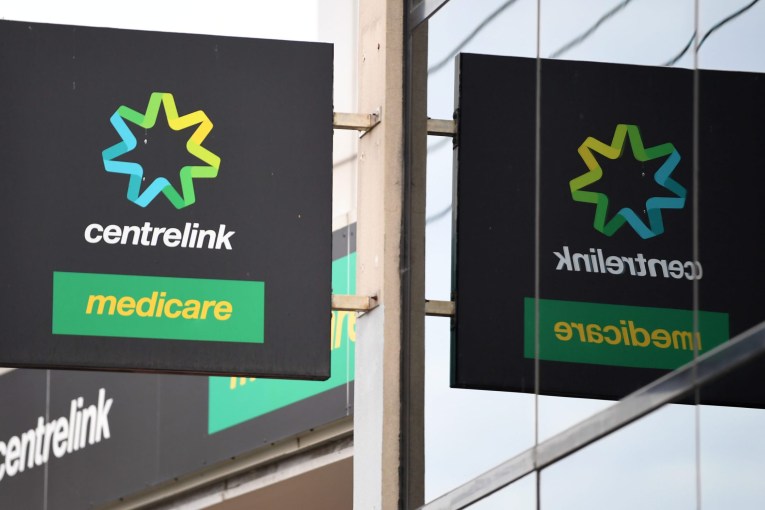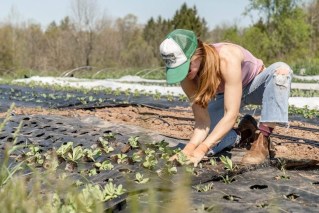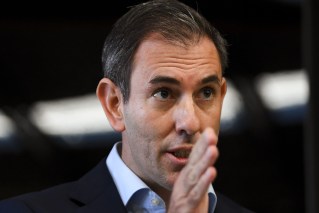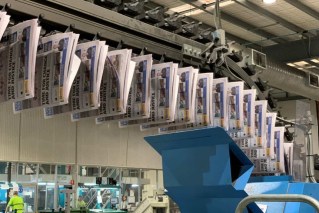Once a basket case, Townsville now shows way for wage growth
Queensland’s regions have done poorly in a study on where income levels are rising – but one-time “basket case” Townsville is bucking the trend, according to a study by Conus Consulting economist Pete Faulkner.

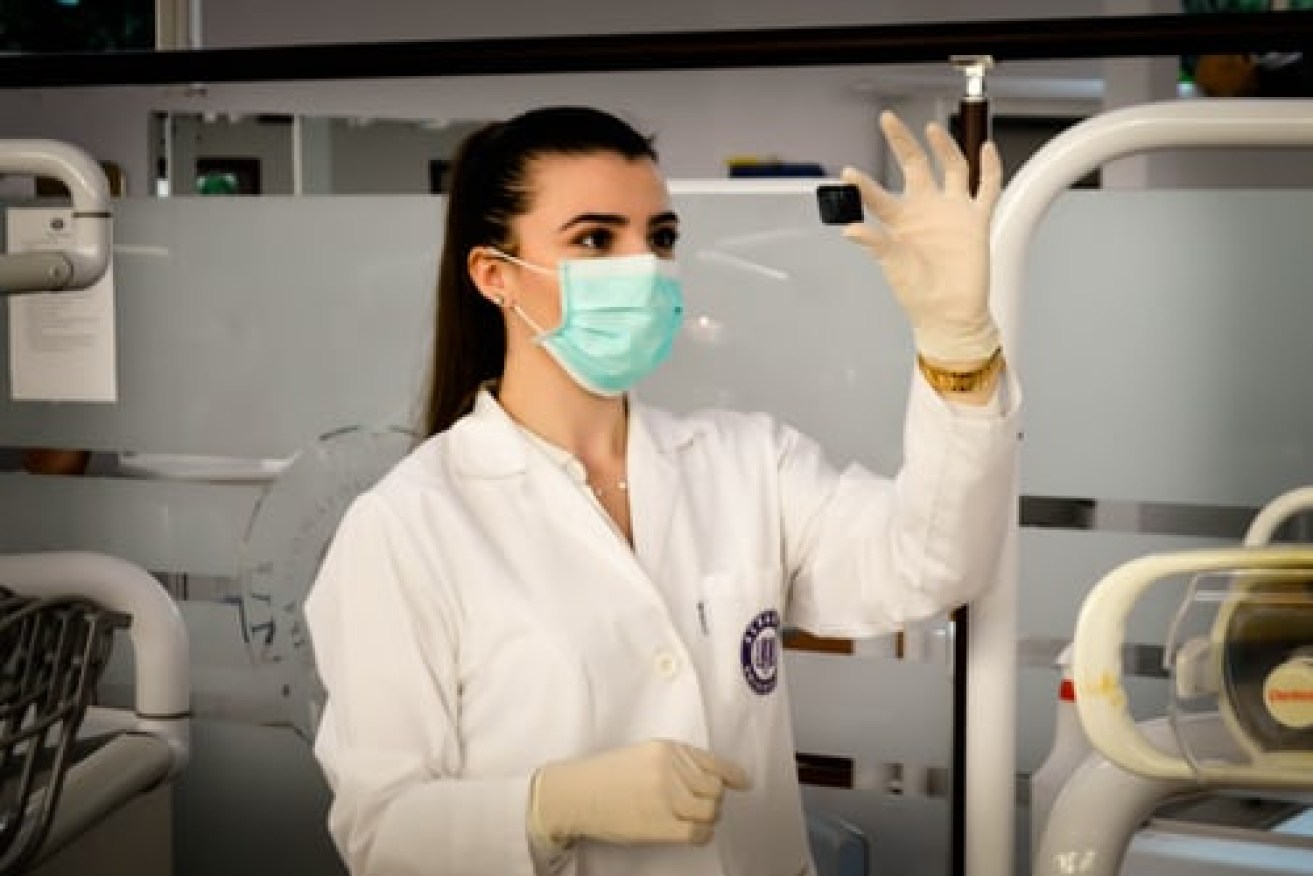
Townsville, which was a “black hole” of the Queensland economy four years ago when Clive Palmer closed the Queensland Nickel refinery, is bouncing back with an income performance significantly better than the national average.
It follows data showing trend employment growth in Townsville running at 6.3 per cent.
The poor performance in other centres appears to be an entrenched problem for regional Queensland because it relies heavily on industries that are struggling, like agriculture, and has a reduced exposure to the industries doing well.
Faulkner said the data was not definitive, but certainly pointed to entrenched problems for regions.
On a national level, incomes for 2019 rose by 2.34 per cent and the sectors that contributed most were retail, healthcare and transport.
The industries which contributed the least or where incomes were declining were in construction and rental, hiring and real estate.
Faulkner combined the data with regional industry employment trends to discover Queensland’s rise in income was less than the national average and regional Queensland was even lower.
“Greater Brisbane saw better growth at 2.13 per cent while the rest of Queensland was significantly weaker at just 1.88 per cent,’’ Faulkner said.
Townsville was a standout performer because it has an over-representation in healthcare, retail and transport which are sectors that have performed well.
One of the worst performers was the Darling Downs-Maranoa region where the year on year increase was only 1.3 per cent, a result based on its high dependence on agriculture.
Greater Brisbane had a 2.14 per cent increase, which was better than the overall Queensland result of 2.02 per cent.
The Gold Coast was 2 per cent, Sunshine Coast 1.78 per cent, the Outback 1.47 per cent and Toowoomba 2.19 per cent.
